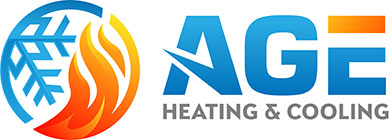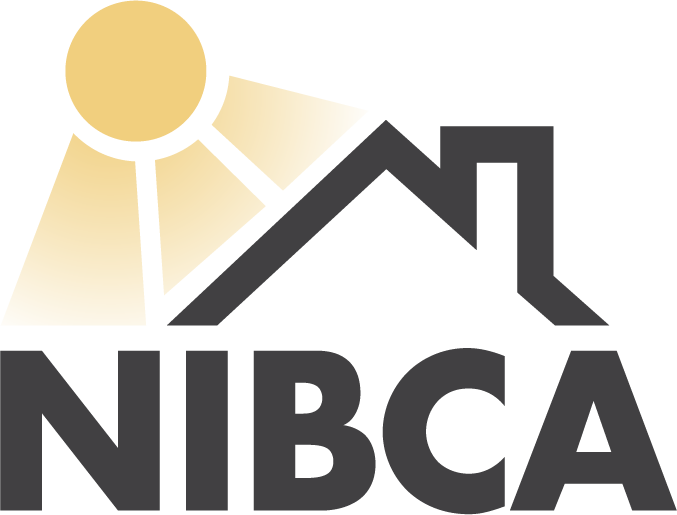
You shouldn’t be forced to compromise on comfort or spend a lot to keep your residence at a refreshing setting during hot days.
But what is the best setting, exactly? We discuss ideas from energy pros so you can determine the best temp for your residence.
Here’s what we suggest for the most energy-efficient setting for air conditioning in Sandpoint.
Recommended Thermostat Settings for Summer
Most people find using the thermostat at 72-73 degrees is most comfortable. However, if there’s a big difference between your interior and outdoor warmth, your AC costs will be higher.
These are our suggestions based on the U.S. Department of Energy (DOE) and ENERGY STAR®.
While at home: 78 degrees. While that seems warm, there are approaches you can keep your home refreshing without having the air conditioning on frequently.
Keeping windows and blinds shut during the day keeps chilled air where it should be—inside. Some window treatments, like honeycomb shades or plantation shutters, are made to deliver extra insulation and enhanced energy efficiency.
If you have ceiling fans in your house, the DOE says you can increase thermostat temperatures about 4 degrees higher without compromising comfort. That’s since they freshen through a windchill effect. Since they cool people, not areas, switch them off when you exit a room.
If 78 degrees still feels too hot on the surface, try doing a test for a week or so. Start by increasing your setting to 78 degrees while you’re at your house. Then, gradually lower it while using the suggestions above. You may be shocked at how refreshed you feel at a warmer temperature setting.
While away: 88 degrees. There’s no reason to keep the AC going all day while your home is vacant. Turning the temperature 7–10 degrees hotter can save you an estimated 5–15% on your AC bills, according to the DOE.
When you get home, don’t be tempted to put your thermostat colder than 78 to cool your house faster. This isn’t useful and typically leads to a bigger air conditioner bill.
A programmable thermostat is a useful method to keep your settings controlled, but you need to set programs. If you don’t set programs, you risk forgetting to increase the set temperature when you take off.
If you want a convenient resolution, think over getting a smart thermostat. This thermostat connects with your phone, so it realizes when you’re at your house and when you’re away. Then it intuitively adjusts temperature settings for the best savings. How much exactly? An estimated $180 yearly on heating and cooling, according to ENERGY STAR.
Another plus of using a smart thermostat? You can use your phone to monitor and regulate temperature settings from nearly anywhere.
While sleeping: Around 70 degrees. While ENERGY STAR recommends 82 degrees, that could be unbearable for the majority of families. Many people sleep better when their bedroom is cold, so that’s why the National Sleep Foundation advises 60–67 degrees. But that could be too cool, due to your clothing and blanket preference.
We suggest trying a similar test over a week, setting your thermostat higher and gradually decreasing it to determine the right temperature for your house. On mild nights, you could discover keeping windows open at night and using a ceiling fan is a preferable solution than running the air conditioning.
More Ways to Save Energy This Summer
There are extra methods you can conserve money on AC bills throughout hot weather.
- Upgrade to an energy-efficient AC system. Central air conditioners only are effective for about 12–15 years and get less efficient as they age. A new air conditioner can keep your residence cooler while keeping utility expenses small.
- Schedule regular air conditioner tune-ups. Regular air conditioner maintenance keeps your unit working like it should and may help it work at greater efficiency. It might also help prolong its life span, since it allows technicians to pinpoint small troubles before they cause a major meltdown.
- Change air filters frequently. Use manufacturer instructions for replacing your air filter. A clogged filter can cause your system to short cycle, or turn on and off too frequently, and raise your utility.
- Check attic insulation levels. Nearly 90% of residences in the USA don’t have enough insulation, according to the Insulation Institute. Many southern climates should have 13–14” of attic insulation, while northern climates should have 16–18”.
- Have your ductwork checked. Ductwork that has come apart over time can let cool air into your attic, walls or crawl space. This can lead to major comfort troubles in your residence, such as hot and cold spots.
- Seal holes, doors and windows. Keep muggy air in its place by plugging cracks. You can also caulk or weather strip doors to trap more cold air indoors.
Save More Energy During Warm Weather with Age Heating & Cooling
If you want to conserve more energy during hot weather, our Age Heating & Cooling experts can provide assistance. Get in touch with us at 208-603-2210 or contact us online for additional information about our energy-saving cooling solutions.







